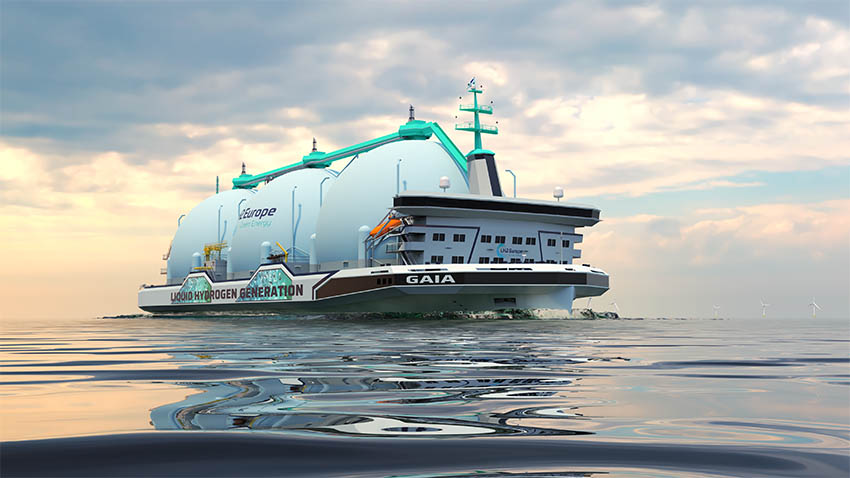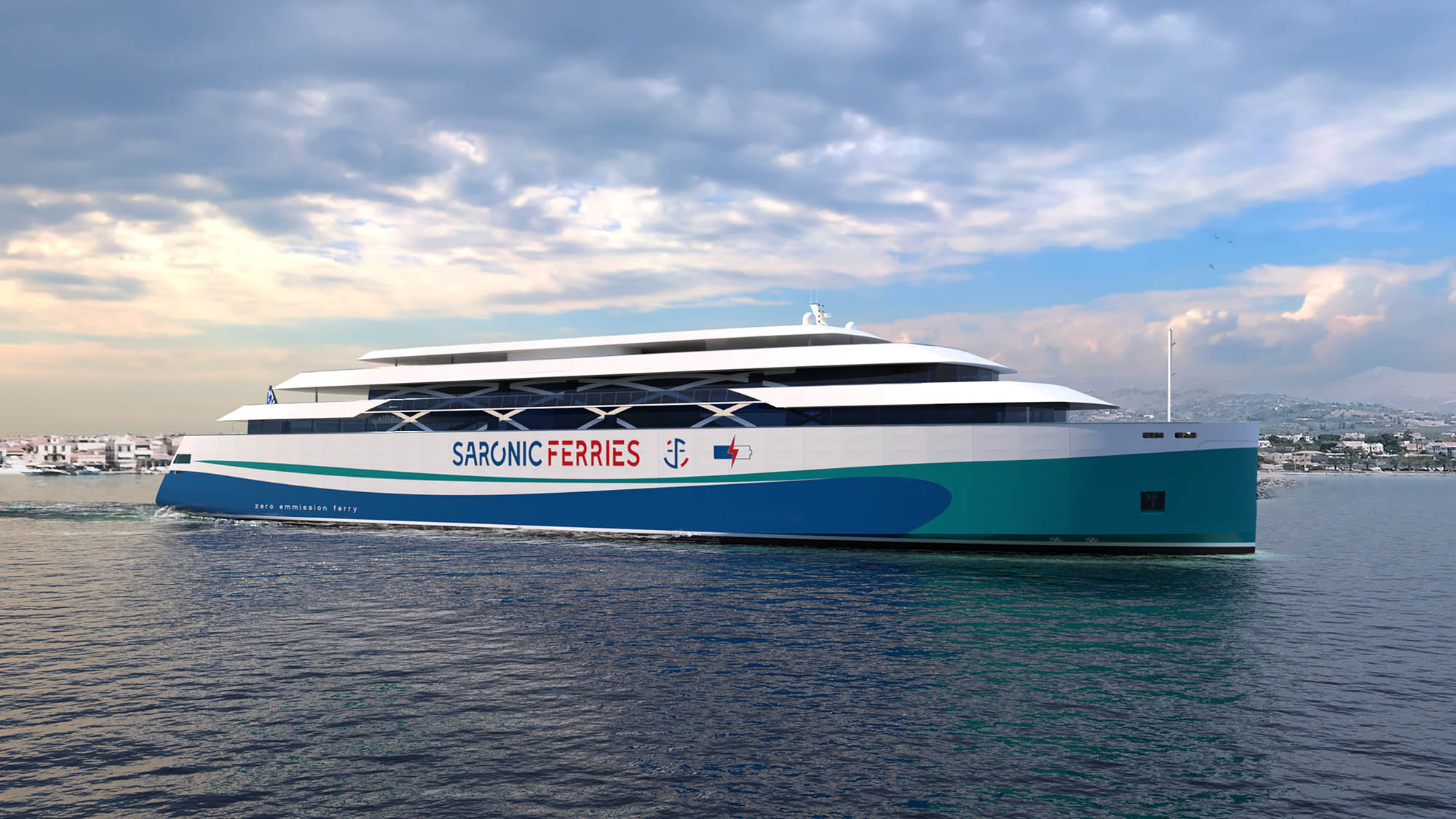C-Job Naval Architects is a worldwide independent ship design company with headquarters in the Netherlands. It all started in 2007, when three young naval architects had a dream to do things differently to how they were already being done. Now C-Job employs more than 200 skilled naval architects and engineers across seven offices around the globe.
Interview with Job Volwater, CEO at C-Job Naval Architects.
Easy Engineering: What are the main areas of activity of the company?
Job Volwater: C-Job provides a wide range of services from feasibility studies, concept through to detail design, up to and including building supervision for both new builds and retrofits. We help our clients to build better ships, become 100% sustainable, and run better because of it. Our portfolio of services, designs, and programs guarantee better OPEX and CAPEX for new vessels, as well as existing ones. The company also has an R&D department that focuses on new ways to improve and be innovative with both its designs as well as in the creation of these designs. Projects include alternative fuels, data science, and autonomous shipping.
E.E: What’s the news about new services?
J.V: We remain focused on our focus markets and supporting our clients in new IMO regulations to reduce carbon emissions. We’re able to support shipowners with their EEXI documentation and we have launched a new service to help the maritime industry with CII compliance. C-Job provides objective and independent advice on how to reduce a vessel’s greenhouse gas emissions and comply with the IMO Carbon Intensity Indicator. There are many different measures available but there is no one size fits all. Our independent tool provides fast and relevant insights on what will work best to reduce a vessel’s carbon emissions. This not only saves time and effort but also reduces costs related to reducing the CO2 footprint of vessels.

E.E: What are the ranges of services?
J.V: C-Job has a strong track record in our four focus markets; offshore wind, dredging, passenger vessels, and mega yachts. Innovation is key and we drive this through ingenuity, innovation, and interconnected teams which are embedded in our design methodology. Furthermore, from the moment C-Job Naval Architects started fifteen years ago, we’ve always incorporated elements of sustainable shipping in the designs we created together with our clients.
An example of this is the ‘Texelstroom’ ferry for TESO which features CNG/diesel hybrid propulsion, ‘peak-shaving’ batteries, and solar panels, or the next generation offshore wind installation vessel ‘Orion’ which boasts dual-fuel engines capable of sailing on LNG. More recently we’ve supported Saronic Ferries with a concept design of the first fully electric ro-pax ferry in Greece as well as creating a liquid hydrogen carrier design fueled by its own cargo for LH2 Europe.
E.E: At what stage is the market where you are currently active?
J.V: The maritime industry as a whole is at the early stages of transitioning. We must reduce harmful emissions in the industry and slowly but surely technology is at a readiness level to be included in new build designs. Simultaneously, to adhere to regulations, or even to take preemptive measures, shipowners are increasingly modifying their existing vessels to install energy-saving measures to reduce carbon emissions. This all asks for dedicated knowledge and understanding. This is what C-Job has to offer.

E.E: What can you tell us about market trends?
J.V: The challenge ahead is to decarbonize the maritime industry. Our mission is to drive the maritime industry toward sustainability by dedication and ingenuity. C-Job has the knowledge, experience, and tools to make this happen together with our partners.
Looking ahead, in terms of what this means for renewable fuels, C-Job believes the future will hold a combination of several alternative renewable fuels. We believe hydrogen-based renewable fuels are the best solution to reduce greenhouse gas emissions in the maritime industry. It is likely we’ll see a combination of batteries, hydrogen, ammonia, methanol, and possibly others such as nuclear energy as there is no one solution that fits all ship types.
E.E: What are the most innovative services marketed?
J.V: Over the years we have shown that we do not shy away from a challenge. Our clients come to us with a complex set of design requirements, and we do not only look to meet them but to surpass them. We’ve achieved projects where no one has been before. Thanks to our track record and drive to do things differently, we take on the innovation role within our partnerships with shipowners, shipyards, and contractors to help them do what they do even better.

